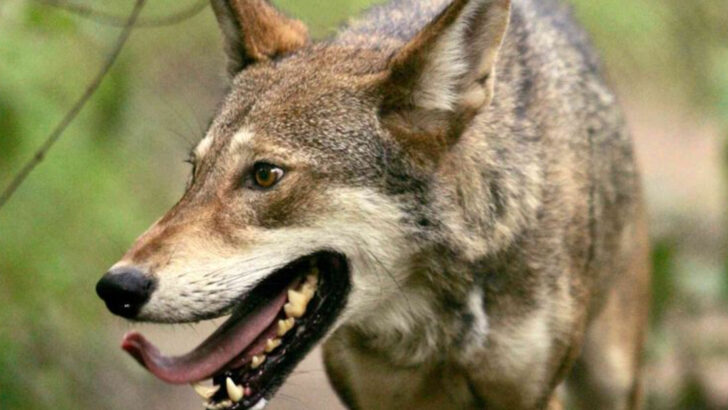Some animals in the U.S. are fighting for survival—and we’re the ones standing between them and extinction.
From the majestic bald eagle soaring across the skies to the mysterious sea turtles quietly nesting on sandy shores, these creatures are not just part of our history—they are the living symbols of resilience. The law has stepped in to protect them, offering a lifeline in a world where their very existence is under threat.
These animals face challenges that few can imagine—habitat loss, pollution, and climate change. But thanks to the Endangered Species Act and other protective laws, many have begun to bounce back.
Join us as we shine a light on these remarkable survivors and explore why they need our protection now more than ever.
Bald Eagle
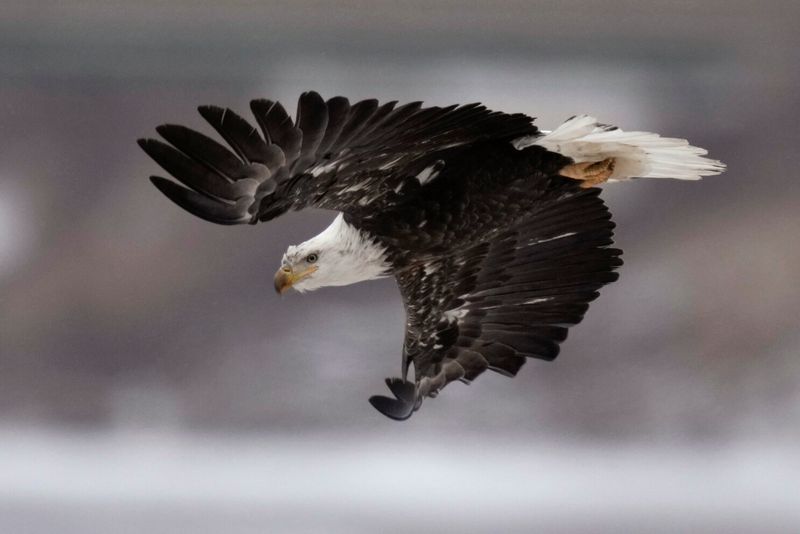
The bald eagle, America’s national bird, symbolizes freedom and strength. Once endangered, it was saved through extensive conservation efforts. Today, it thrives under federal protection. Its keen eyes and powerful talons make it a top predator, crucial for maintaining ecological balance.
Bald eagles build massive nests and are known for their lifelong monogamous relationships. Observing their graceful flight is a breathtaking experience.
Did you know? Bald eagles can see four to seven times better than humans, making them exceptional hunters. Their recovery is a testament to successful wildlife conservation.
American Alligator

The American alligator is a keystone species in its habitat, playing a vital role in wetland ecosystems. Protected by law, this once-endangered reptile has made a remarkable comeback. Its presence ensures the health of its ecosystem by controlling prey populations.
With its armored skin and powerful jaws, the alligator is both awe-inspiring and intimidating. Despite its fearsome appearance, it prefers to avoid humans.
Fun fact: Alligators create ‘gator holes’ that provide refuge for other wildlife during dry spells. Their survival story is one of resilience and successful conservation efforts.
California Condor
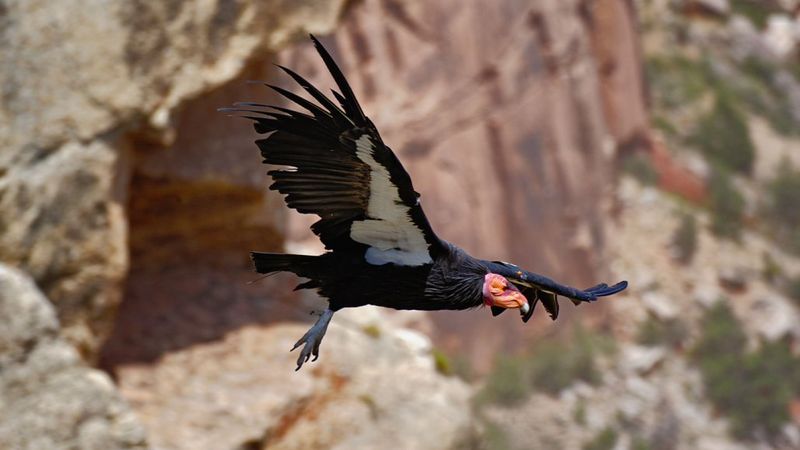
The California condor, North America’s largest bird, was once on the brink of extinction. Thanks to intensive breeding programs, its population has slowly increased. These majestic birds are protected under federal law, with ongoing efforts to reintroduce them to the wild.
Condors have an impressive wingspan, enabling them to glide effortlessly across vast distances. They play a crucial role in their ecosystem by scavenging on carrion.
Did you know? Condors can live up to 60 years in the wild. Their comeback is a remarkable chapter in wildlife conservation history.
Gray Wolf
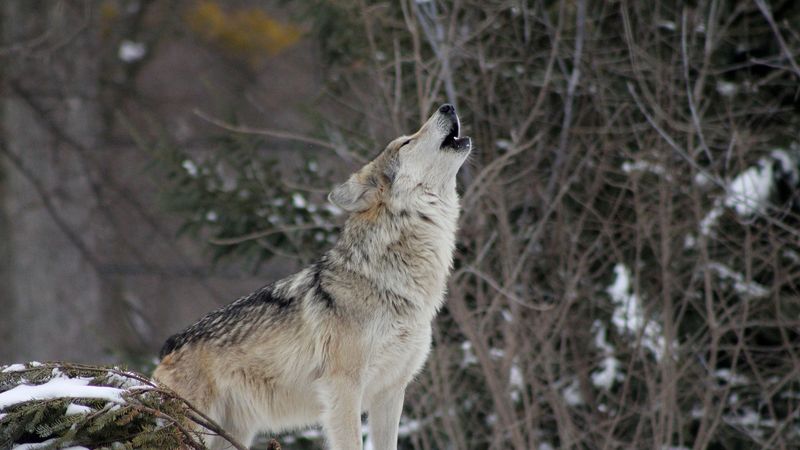
The gray wolf, known for its haunting howl, is a symbol of the wild. Once pushed to near extinction, it is now protected under the Endangered Species Act. Wolves play a vital role in their ecosystem by controlling prey populations and promoting biodiversity.
These intelligent animals live in packs led by an alpha pair. Their social structure and hunting strategies are complex and fascinating.
Fun fact: Wolves have a special bond with their pack members, often displaying affectionate behaviors. Their presence is crucial for a balanced ecosystem and the health of wild landscapes.
Manatee

Manatees, often called sea cows, are gentle giants of the water. These marine mammals are protected by law due to threats from habitat loss and boat collisions. Manatees play a crucial role in maintaining healthy seagrass beds.
With their slow-moving, peaceful nature, watching manatees is a calming experience. Their unique vocalizations and social behaviors are a delight to observe.
Did you know? Manatees need to surface for air every few minutes. Their slow pace and vulnerability make legal protection essential for their survival.
Florida Panther
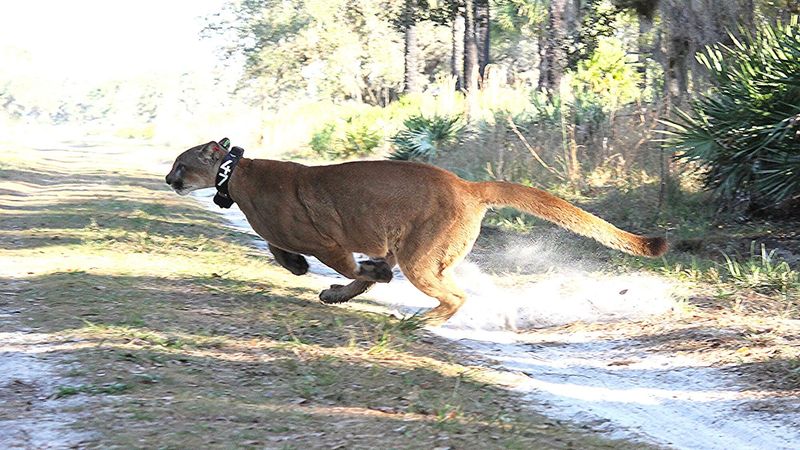
The Florida panther is an elusive and critically endangered predator. Legal protections have been vital for its survival, with efforts focusing on habitat preservation and reducing human-wildlife conflicts. These agile cats are essential for controlling herbivore populations.
Known for their solitary nature, Florida panthers are rarely seen. Their adaptability is key to their survival in changing landscapes.
Fun fact: Florida panthers can leap great distances to catch their prey. Protecting them is crucial for maintaining the natural balance of Florida’s ecosystems.
Humpback Whale
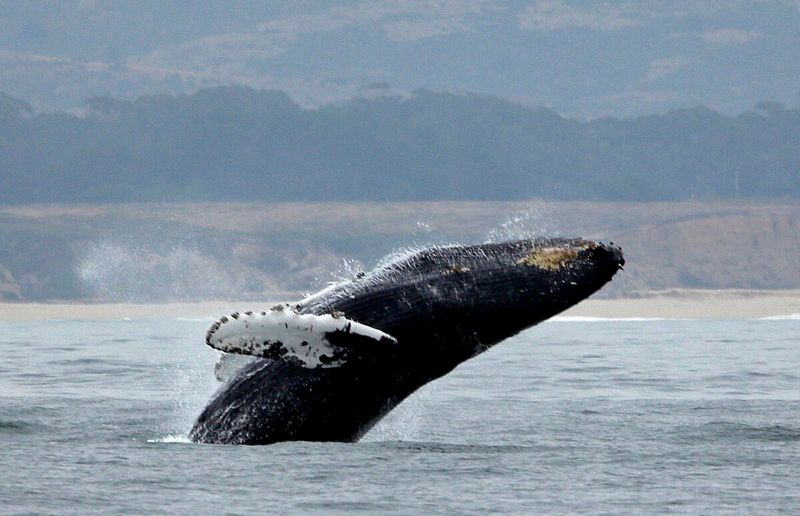
Humpback whales, known for their acrobatic breaches and melodic songs, are protected under several conservation laws. These magnificent creatures migrate vast distances and play a significant role in marine ecosystems by influencing prey populations.
Observing a humpback whale is a memorable experience, as they often approach boats with curious interest. Their songs can travel great distances underwater.
Did you know? Humpback whales have unique patterns on their tails, allowing researchers to identify individuals. Their protection ensures the preservation of oceanic biodiversity and the health of marine environments.
Grizzly Bear

Grizzly bears, icons of the wilderness, are safeguarded by federal laws due to habitat loss and hunting. They are apex predators, playing a critical role in their ecosystem by maintaining prey populations and dispersing seeds.
These majestic creatures are often seen in national parks, attracting nature enthusiasts. Their strength and adaptability are awe-inspiring.
Fun fact: Grizzly bears hibernate during winter, living off stored body fat. Their protection is vital for the preservation of wild landscapes and biodiversity.
Sea Otter
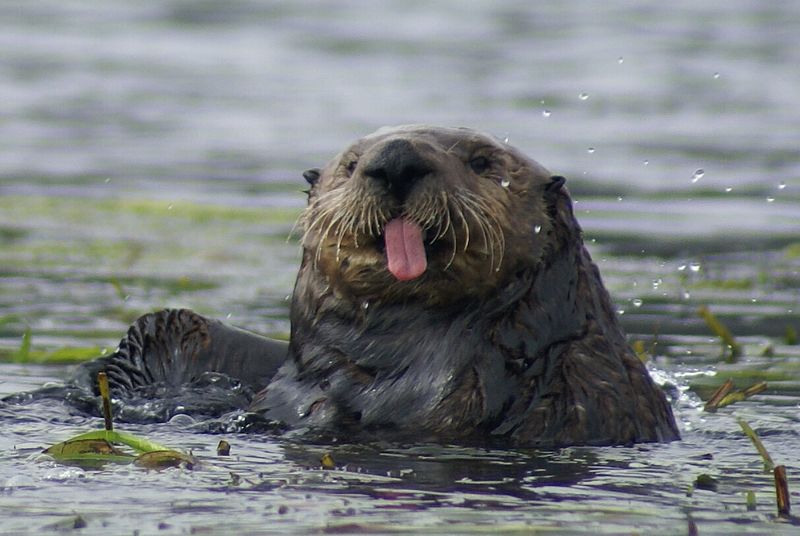
Sea otters, with their playful antics, are protected due to their crucial role in marine ecosystems. As keystone species, they control sea urchin populations, which helps maintain kelp forest health. Their survival is a conservation success story.
These endearing creatures are known for using tools to crack open shellfish. Watching them in their natural habitat is a joyful sight.
Did you know? Sea otters have the densest fur of any animal, helping them stay warm in cold waters. Legal protections help ensure their continued presence in the wild.
Whooping Crane
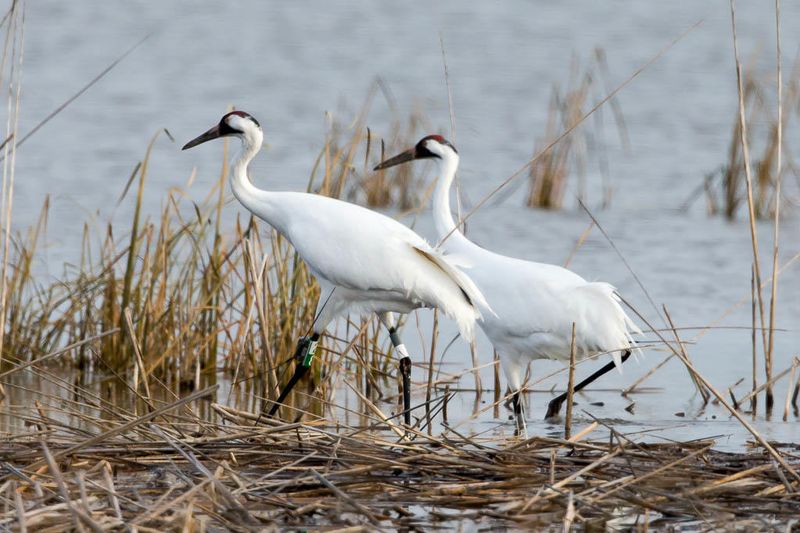
The whooping crane, once nearly extinct, has made a remarkable recovery thanks to conservation efforts. These elegant birds are protected by law, with ongoing breeding programs to boost their numbers. They inhabit wetland areas, where they feed on aquatic plants and small animals.
Whooping cranes are known for their distinctive trumpeting calls and elegant courtship dances. Observing them in flight is a breathtaking experience.
Did you know? Whooping cranes are among the tallest birds in North America. Their protection is crucial for the preservation of wetland ecosystems and biodiversity.
Peregrine Falcon

The peregrine falcon, renowned for its speed, is a master of the skies. Protected by law, this bird of prey has made a comeback from near extinction, thanks to conservation efforts.
Peregrines are known for their incredible hunting dives, reaching speeds over 200 mph. Their keen eyesight and agility make them fascinating to watch.
Fun fact: Peregrines nest on high ledges, often in urban areas. Their recovery is a testament to successful wildlife protection and adaptability.
American Bison
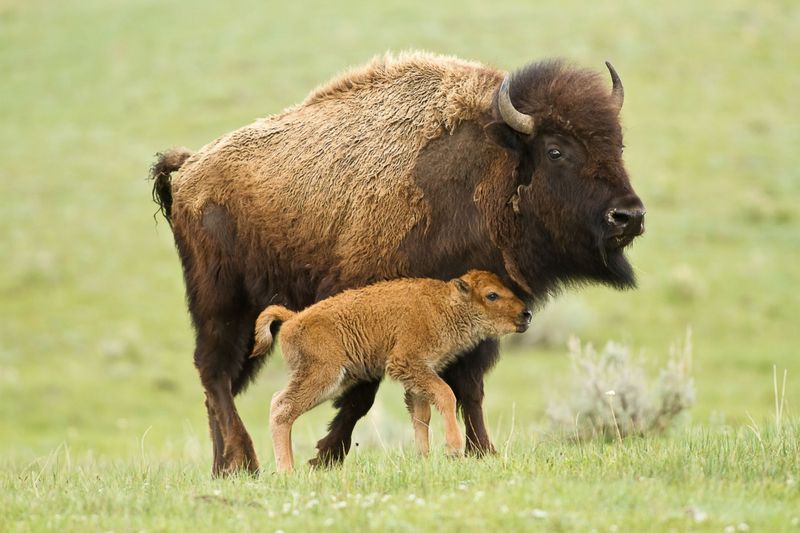
The American bison, a symbol of the Great Plains, is protected due to its historical significance and ecological role. Once near extinction, efforts have been made to reintroduce bison to their native habitats.
These massive herbivores graze on grasses, shaping the landscape and supporting biodiversity. Their iconic presence is a reminder of North America’s wild heritage.
Did you know? Bison can run up to 35 mph, despite their size. Protecting them ensures the conservation of prairies and the species that depend on them.
Red Wolf
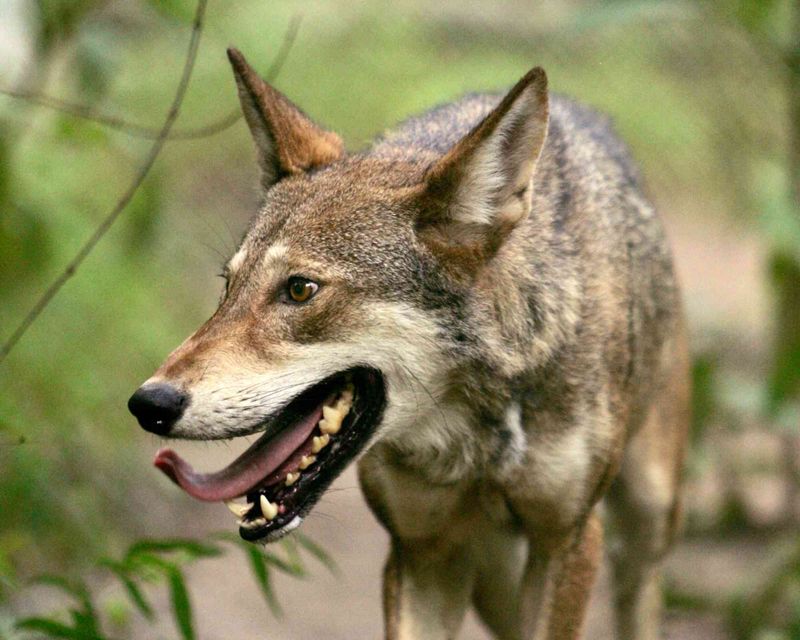
The red wolf, a critically endangered species, is protected under federal law. Efforts to reintroduce them into the wild have been challenging, but vital for their survival. Red wolves play a crucial role in controlling prey populations and maintaining ecological balance.
These elusive animals are known for their reddish coats and shy nature. Seeing a red wolf in the wild is a rare and special experience.
Fun fact: Red wolves are more closely related to coyotes than gray wolves. Their conservation is essential for preserving genetic diversity in canids.
Loggerhead Sea Turtle

Loggerhead sea turtles, named for their large heads, are protected due to threats from habitat loss and fishing. These ancient mariners are vital for ocean health, as they control jellyfish populations and help maintain seagrass beds.
Watching a loggerhead turtle nest or hatch is an unforgettable experience, connecting us to the cycles of nature.
Did you know? Loggerhead turtles can travel thousands of miles during migration. Their protection is critical for ensuring the health of marine ecosystems and supporting biodiversity.
American Crocodile
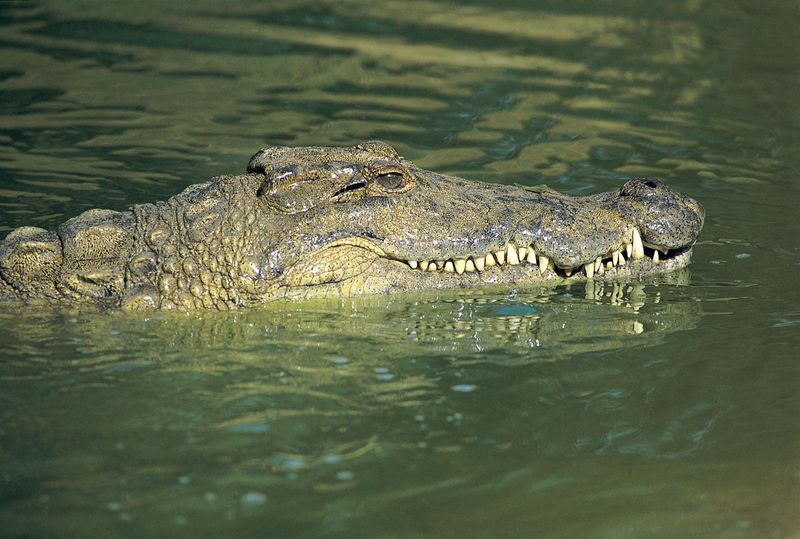
The American crocodile, once endangered, is now a conservation success story. Protected by law, these reptiles have seen a population increase thanks to habitat restoration efforts. Crocodiles play a critical role in their ecosystem by controlling fish populations and maintaining water habitats.
Despite their fearsome reputation, American crocodiles are shy and prefer to avoid humans. Observing them in the wild is a thrilling experience.
Fun fact: American crocodiles can live up to 70 years. Their protection ensures the balance of their aquatic ecosystems and biodiversity.
Northern Spotted Owl

The northern spotted owl, an indicator species for old-growth forests, is protected due to habitat loss from logging. These owls require large territories with mature trees for nesting and hunting.
With their distinctive spots and haunting calls, northern spotted owls are a symbol of forest conservation. Their presence indicates a healthy, functioning ecosystem.
Did you know? Northern spotted owls mate for life. Protecting them is essential for preserving ancient forests and the biodiversity within them.
Hawaiian Monk Seal

With its playful demeanor and curious eyes, the Hawaiian Monk Seal is a beloved marine resident of the Hawaiian Islands. Unfortunately, this species is critically endangered, with only about 1,400 individuals left in the wild.
These seals face threats from habitat loss, entanglement in fishing gear, and human disturbance. To counteract these dangers, the U.S. has implemented strict protections under the Endangered Species Act.
This includes habitat preservation, rescue efforts, and public education programs to raise awareness. The aim is to provide these seals a fighting chance to thrive in their natural habitat.
San Joaquin Kit Fox
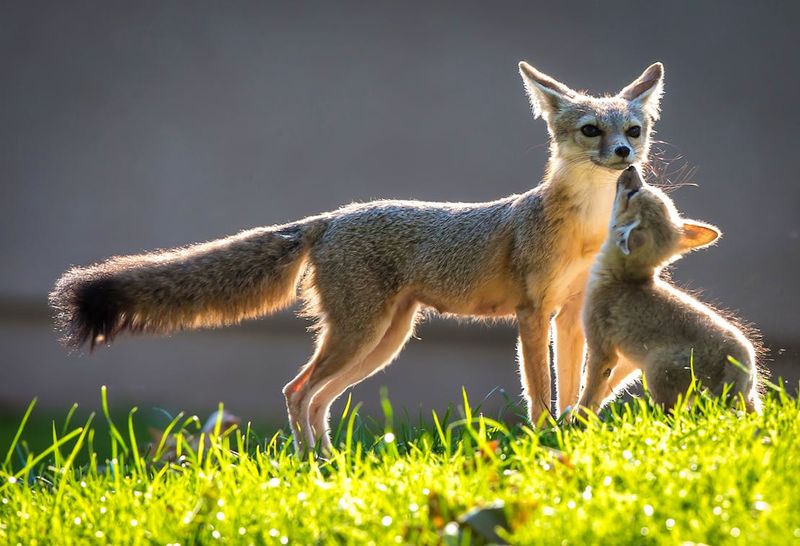
Elusive and petite, the San Joaquin Kit Fox is a master of survival in California’s arid landscapes. Unfortunately, habitat destruction due to agricultural expansion has pushed this species to the brink.
Protected under the Endangered Species Act, conservation measures focus on habitat restoration and legal protection against development.
Public awareness campaigns also play a crucial role in fostering human-wildlife coexistence. The goal is to ensure these agile hunters continue to dart across the desert floor for generations to come.
Indiana Bat
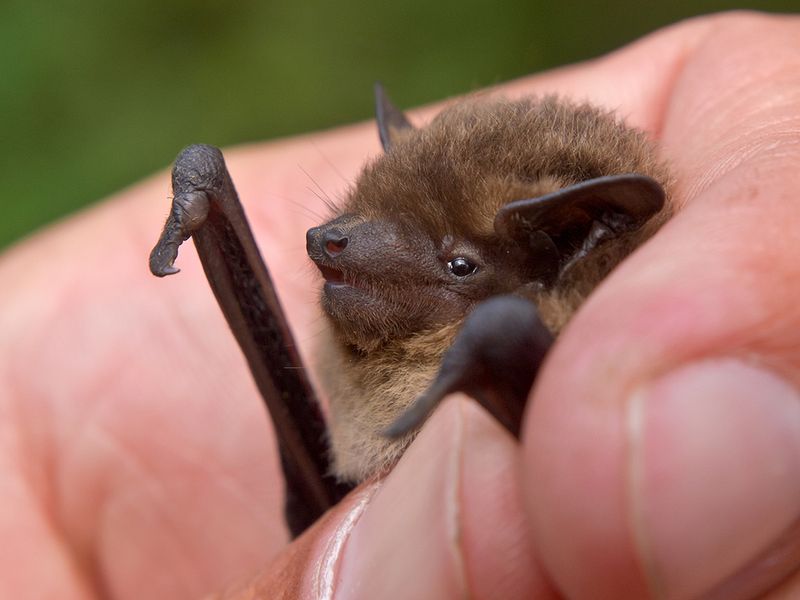
The Indiana bat, a small but vital species, is protected under the Endangered Species Act due to habitat loss and disease. These bats are critical for insect control, consuming vast quantities of insects each night.
Roosting in caves and trees, Indiana bats are social creatures often found in large colonies. Their presence is a sign of a healthy environment.
Did you know? Indiana bats can travel hundreds of miles between summer and winter roosts. Protecting them is essential for maintaining balanced ecosystems and controlling insect populations.
Utah Prairie Dog
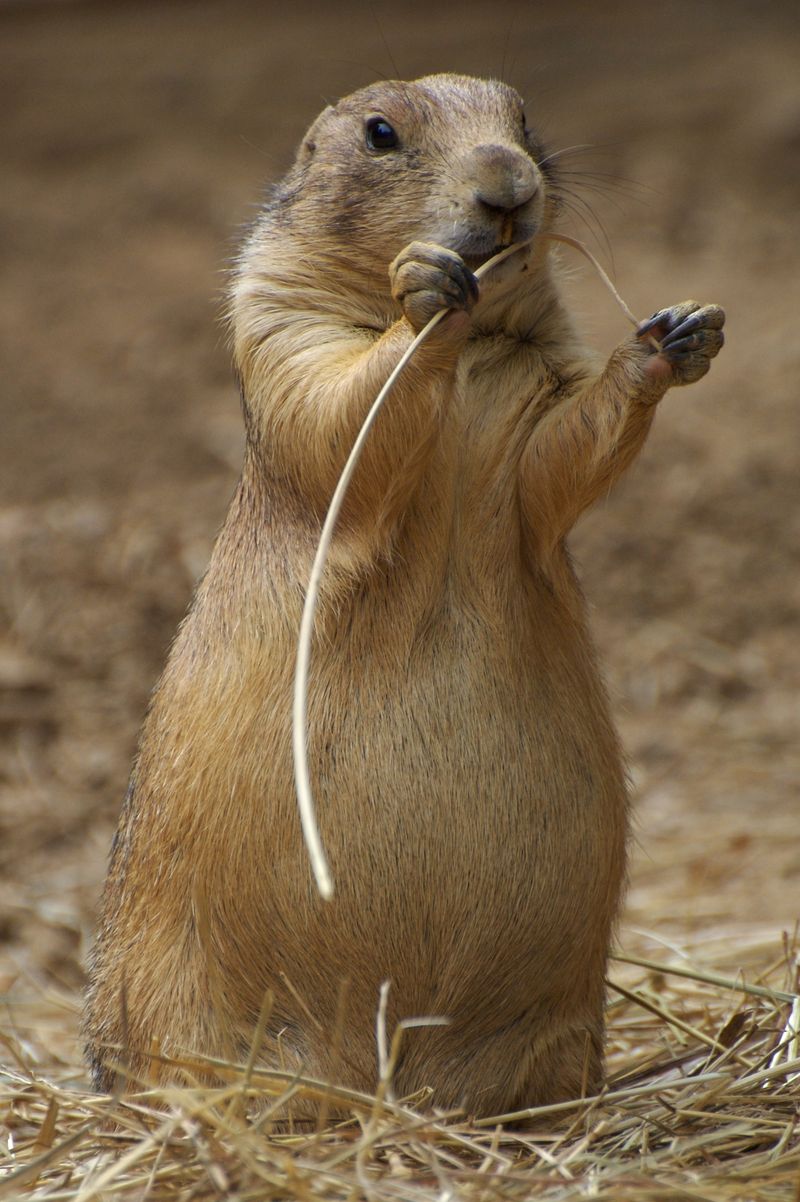
Perky and petite, the Utah Prairie Dog captures the heart with its expressive eyes and curious demeanor. Once abundant across the grasslands of Utah, these charismatic creatures now face a precarious existence. Habitat destruction and disease have drastically reduced their numbers, prompting legal protection under the Endangered Species Act.
Living in social colonies, they communicate with complex vocalizations, adding a symphony to the plains that is both mesmerizing and essential for ecological balance. Their burrowing habits aerate the soil, promoting plant growth.
Did you know? These tiny architects can alter their surroundings to suit changing weather conditions, showcasing adaptability and resilience. Protecting them ensures the preservation of a keystone species integral to its environment.

